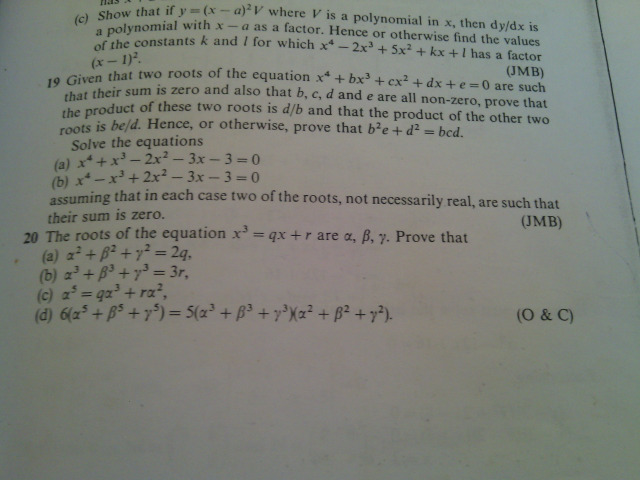
AlgebraQuestion and Answers: Page 327
Question Number 46425 Answers: 0 Comments: 2
Question Number 46420 Answers: 0 Comments: 0
Question Number 46414 Answers: 2 Comments: 1

Question Number 46401 Answers: 0 Comments: 1
Question Number 46395 Answers: 1 Comments: 0

Question Number 46355 Answers: 0 Comments: 0
Question Number 46348 Answers: 0 Comments: 0

Question Number 46297 Answers: 1 Comments: 0
Question Number 46268 Answers: 2 Comments: 2
Question Number 46245 Answers: 1 Comments: 1
Question Number 46186 Answers: 1 Comments: 1
Question Number 46139 Answers: 2 Comments: 1
Question Number 46110 Answers: 1 Comments: 2

Question Number 46088 Answers: 1 Comments: 0

Question Number 45982 Answers: 1 Comments: 1
Question Number 45936 Answers: 0 Comments: 1

Question Number 45905 Answers: 2 Comments: 0

Question Number 45592 Answers: 0 Comments: 0

Question Number 45546 Answers: 2 Comments: 1
Question Number 45512 Answers: 0 Comments: 11
Question Number 45451 Answers: 1 Comments: 0

Question Number 45450 Answers: 1 Comments: 1

Question Number 45422 Answers: 1 Comments: 0
Question Number 45399 Answers: 1 Comments: 0
Question Number 45364 Answers: 1 Comments: 0
Question Number 45356 Answers: 1 Comments: 0
Pg 322 Pg 323 Pg 324 Pg 325 Pg 326 Pg 327 Pg 328 Pg 329 Pg 330 Pg 331
